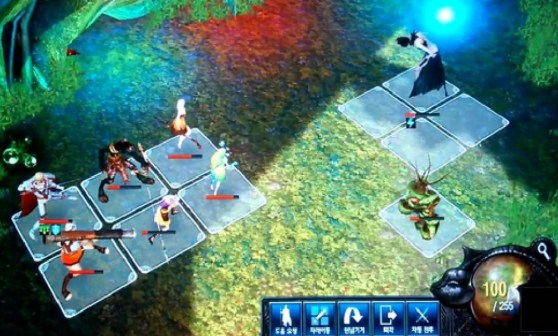As a consumer, you were caught between one and the other. Some companies went right down the middle, in various parts of the world, and did things that were fun and different. They focused on fun. We put out several games along those lines in Asia. We didn’t do as much in North America. In the west, Minecraft is an example of a game that was very different and very fun. But there weren’t a lot of those. The real money, the things that everyone paid attention to at trade shows, went into this dichotomy.
Back at EA, I used to get lectured by business development people about how we have to have a portfolio strategy of games, because we have no idea what’s going to do well. I said, “You have no idea what’s going to do well because you’re not a gamer and you don’t care about games. You have no confidence in your ability to make good games.” How did we let our industry get taken over by the BD people? I was a BD person at the time, but at least I played games.
I feel like maybe there’s light at the end of the tunnel. A few of us in-game companies are really focused on gameplay. That’s where we’re focused.
GamesBeat: When you say “five bad years,” you don’t mean about profits or revenues, I take it? There was a lot of interesting growth in that five years.
Mahoney: The core of our business is a creative business. We make our money by making art. You have to ask yourself, in this industry, are you making good art? When I say five bad years, I think there was precious little good art coming out of the industry. Not across the board. There was some awesome stuff. But that’s not where the majority of the people you would see in these halls were focusing their time and attention.
It’s certainly not what the investors were asking about. They weren’t asking, “Where is the creative, good art coming from? Where is the next beautiful game coming from?”
GamesBeat: Creative people weren’t being rewarded?
Mahoney: I’d say so. They certainly weren’t being appreciated, in the halls of a lot of companies. I’d also argue that a lot of the big traditional publishers, on the one side of that dichotomy, they struggled. They went through multiple rounds of layoffs. They had moribund revenue growth, if any.
On the other side, the Facebook social game crowd, there was a lot of growth, and then it flamed out and crashed. Of the game companies that were big on that side of the fence five years ago, how many of them exist today in any form? One, I think, and that’s Zynga. The others were purchased and shut down, or purchased and radically stripped, or they went out of business. Those hot up-and-coming companies of a few years ago did not end up having sustainable businesses at all. That indicates to me that our industry lives or dies based on the quality of its creative output. That’s the lesson of the last five years.
It’s hard to do that, right? It’s a lot easier to talk about buying revenue, about trends, about what game is popular this month. What’s exceptionally hard to do, and what our industry has to give a lot of respect for, is the creative person, the game developer who is not asking those questions. Instead, they’re asking, “What is fun? What’s a neat idea? What’s something I can go explore and turn into a game that all my friends in the industry will love?” A few companies are doing that.
GamesBeat: What do you think about global competition? When one company tries to out-think another, moving from one stronghold to another. On a broad level you guys are an Eastern company trying to move into the West, and an online company moving into mobile. Activision has done a good job moving into the toy business. Everyone’s trying to expand into the MOBA genre. How do you apply some of that thinking about the artist to what then becomes a good direction to put a company’s resources toward?

